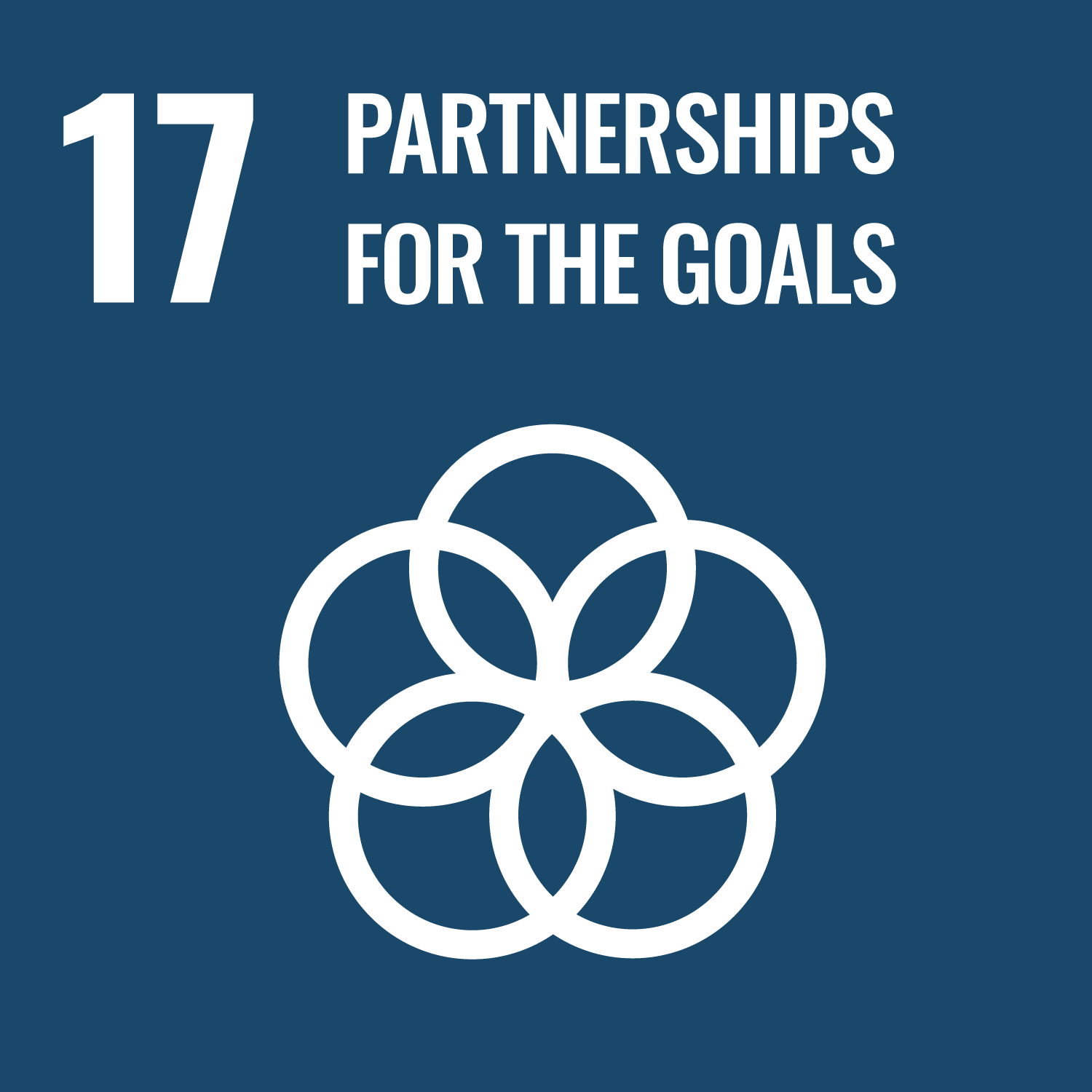Image processing is indispensable for various fields, including industry, natural science, entertainment, and so on. This
class, named digital media processing 2, introduces various image processing techniques such as filtering, segmentation, feature
extraction, object recognition, and image recognition. This class include python programming exercise to achieve both deep
comprehension and to promote your programming skills.
To learn various developmental algorithms for image processing and image recognition.
To promote your python programming skills.
Lecture notes are available at takashiijiri.com.
Lecture videos are also available on Scomb system.
To promote your python programming skills.
Lecture notes are available at takashiijiri.com.
Lecture videos are also available on Scomb system.
- Image segmentation – Goal is that students understand various algorithms of image segmentation and can explain them.
- Feature extraction – Goal is that students can explain image features used for image recognitions and algorithms for extracting feature vectors.
- Object recognition – Goal is that students can explain basic algorithms for object recognition.
- Image processing exercises – Goal is that students can write basic image processing programs on Python.
| Class schedule | HW assignments (Including preparation and review of the class.) | Amount of Time Required | |
|---|---|---|---|
| 1. | Introduction | Review the lecture note. | 100minutes |
| Prepare for the next lecture by checking online lecture note. | 100minutes | ||
| 2. | Feature detection 1: template matching, corner detection, edge detection | Review the lecture note. | 100minutes |
| Prepare for the next lecture by checking online lecture note. | 100minutes | ||
| 3. | Feature detection 2: DoG, SIFT, Hough transform | Review the lecture note. | 100minutes |
| Prepare for the next lecture by checking online lecture note. | 100minutes | ||
| 4. | Image segmentation 1: thresholding, region growing, active contours | Review the lecture note. | 100minutes |
| Prepare for the next lecture by checking online lecture note. | 100minutes | ||
| 5. | Image segmentation 2: graph cut, morphological operations, marching cubes | Review the lecture note. | 100minutes |
| Prepare for the next lecture by checking online lecture note. | 100minutes | ||
| 6. | Pattern recognition 1 : introduction to pattern recognition, KNN, SVM, Decision tree | Review the lecture note. | 100minutes |
| Prepare for the next lecture by checking online lecture note. | 100minutes | ||
| 7. | Pattern recognition 2 : NN, DNN | Review the lecture note. | 100minutes |
| Prepare for the next lecture by checking online lecture note. | 100minutes | ||
| 8. | Pattern recognition 3 : PCA, auto encoder | Review the lecture note. | 100minutes |
| Prepare for the next lecture by checking online lecture note. | 100minutes | ||
| 9. | Examination | Prepare for the examination | 200minutes |
| 10. | Programming exercise 1 | solve assignments | 200minutes |
| 11. | Programming exercise 2 | solve assignments | 200minutes |
| 12. | Programming exercise 3 | solve assignments | 200minutes |
| 13. | Programming exercise 4 | solve assignments | 200minutes |
| 14. | Programming exercise 5 | solve assignments | 200minutes |
| Total. | - | - | 2800minutes |
| exam | programming | minute paper | Total. | |
|---|---|---|---|---|
| 1. | 15% | 5% | 3% | 23% |
| 2. | 15% | 5% | 3% | 23% |
| 3. | 15% | 5% | 4% | 24% |
| 4. | 30% | 30% | ||
| Total. | 45% | 45% | 10% | - |
By minute papers (10%), examinations (45%), and assignments (45%).
-- You should submit a minute paper after each class.
-- The examination will contain
+ basic questions that asks basic methods in image segmentation, feature extraction, and pattern recognition. (30~40%)
+ questions with respect to calculation with respect to image processing (30~40%)
+ developmental questions that asks abilities of image segmentation and image recognition algorithms (20~30%)
-- Programming assignments contain
+ basic assignments (70%)
+ developmental assignments (30%)
with respect to image processing and image recognition.
-- You should submit a minute paper after each class.
-- The examination will contain
+ basic questions that asks basic methods in image segmentation, feature extraction, and pattern recognition. (30~40%)
+ questions with respect to calculation with respect to image processing (30~40%)
+ developmental questions that asks abilities of image segmentation and image recognition algorithms (20~30%)
-- Programming assignments contain
+ basic assignments (70%)
+ developmental assignments (30%)
with respect to image processing and image recognition.
CG-Arts協会(画像情報教育進行委員会)『ディジタル画像処理[改訂新版] 大型本』 (in Japanese).
All the lecture notes will be uploaded at takashiijiri.com/classes/ about one week before the lecture. I recommend you to check them in advance.
All the lecture notes will be uploaded at takashiijiri.com/classes/ about one week before the lecture. I recommend you to check them in advance.
Make a study plan based on this syllabus and lecture notes available online (takashiijiri.com).
- Course that cultivates a basic problem-solving skills
- Course that cultivates an ability for utilizing knowledge
| Work experience | Work experience and relevance to the course content if applicatable |
|---|---|
| N/A | N/A |


- 4.QUALITY EDUCATION
- 17.PARTNERSHIPS FOR THE GOALS
Last modified : Sat Mar 21 12:29:58 JST 2020

